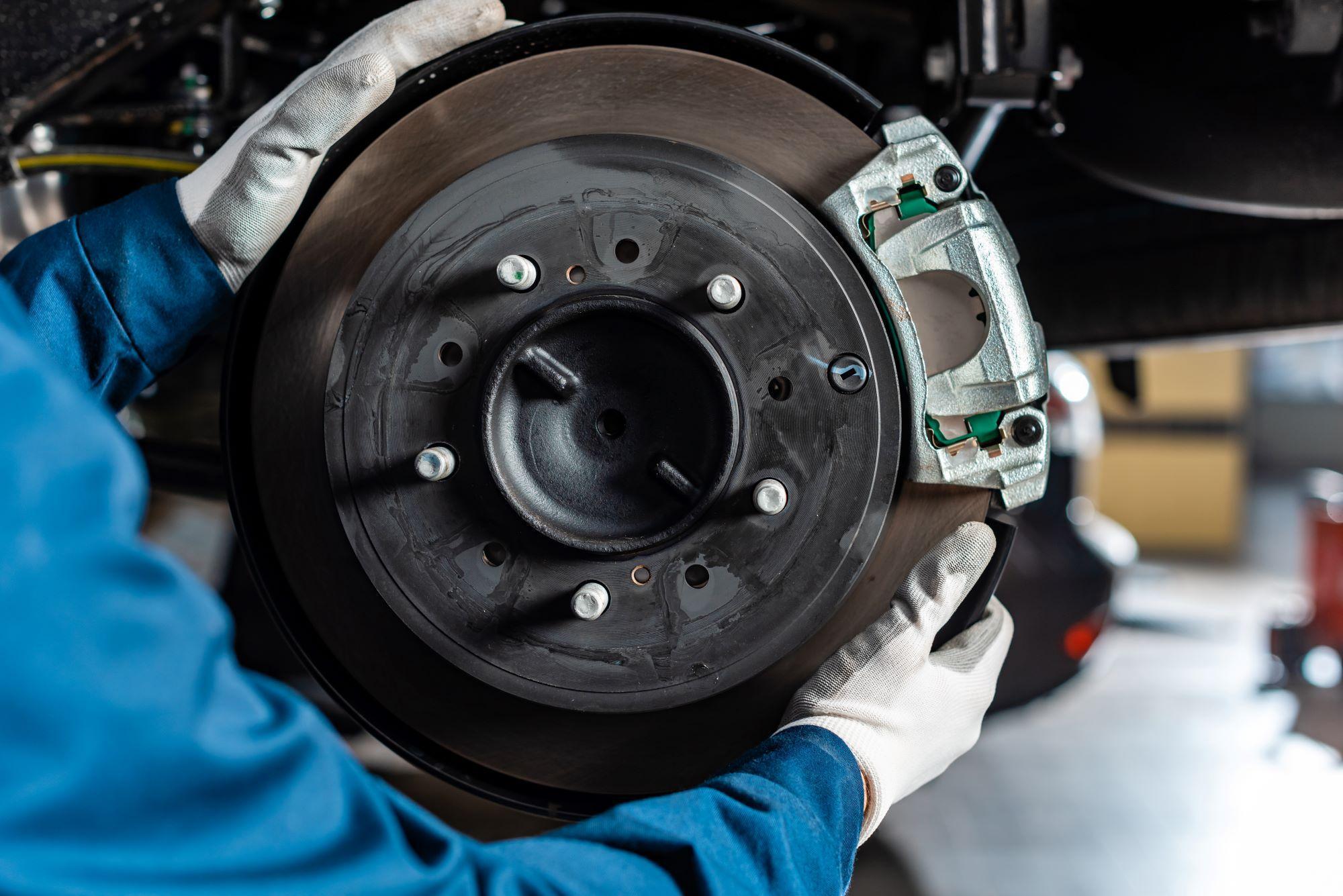Advanced Driver Assistance Systems (ADAS) systems can save lives, reduce injuries and provide significant savings and are well worth the investment in your vehicle.
Though self-driving vehicles without human drivers are not, yet, commercially available in Canada, many vehicles already have Advanced Driver Assistance Systems (ADAS) designed to help prevent accidents.
The co-author of a recent study conducted by The Boston Consulting Group (BCG) concluded that, “because the vast majority of crashes in the United States are caused by driver error, the lack of adoption of [ADAS] technologies within the U.S. fleet is a significant missed opportunity.” Given the similarity between U.S. and Canadian driving statistics, it is believed a wider adoption of ADAS technology would have a significant improvement on road safety in Canada.
Transport Canada reported that in 2018, 1,922 people were killed and 152,847 people were injured in Canadian vehicle crashes. Vehicle fatalities rose 3.6 per cent from 2017 to 2018. Though recent Canadian economic impact studies for vehicle collisions are not available, it is interesting to note that in the U.S. — which has 10 times the population of Canada — the BCG study reports vehicle crashes equate to about $910 billion in costs to society. Clearly, the cost of vehicle crashes in both countries is significant.
Simply put, ADAS systems can save lives, reduce injuries and provide significant savings and are well worth the investment in your vehicle.
Popular ADAS systems include:
- Adaptive Cruise Control
- Forward Collision and Blind Spot Warnings
- Parking Collision Warning
- Active Parking Assistance
- Remote Parking Assistance
- Trailer Assistance
- Rear Cross Traffic Warning
- Automatic Emergency Steering
- Reverse Automatic Braking
- Reverse Automatic Emergency Steering
- Automatic Emergency Braking and Technology designed to either warn of lane departure or correct steering to stay in lanes.
Here’s a few important safety tips you need to know about ADAS, straight from Transport Canada:
- KNOW YOUR VEHICLE
Educate yourself on your vehicle’s ADAS features before you hit the road. Manufacturers do not always use standard terms for vehicle features. Always know your vehicle’s capabilities before you drive. Being informed will help prevent collisions.
- KNOW YOUR VEHICLE FEATURE’S LIMITATIONS
ADAS can be helpful, but drivers still need to stay alert at all times and pay attention to the road and traffic. Some features may only work in specific conditions (for example: within a certain speed, when lanes are visible, traffic lights are working properly, and when road markings are clear).









